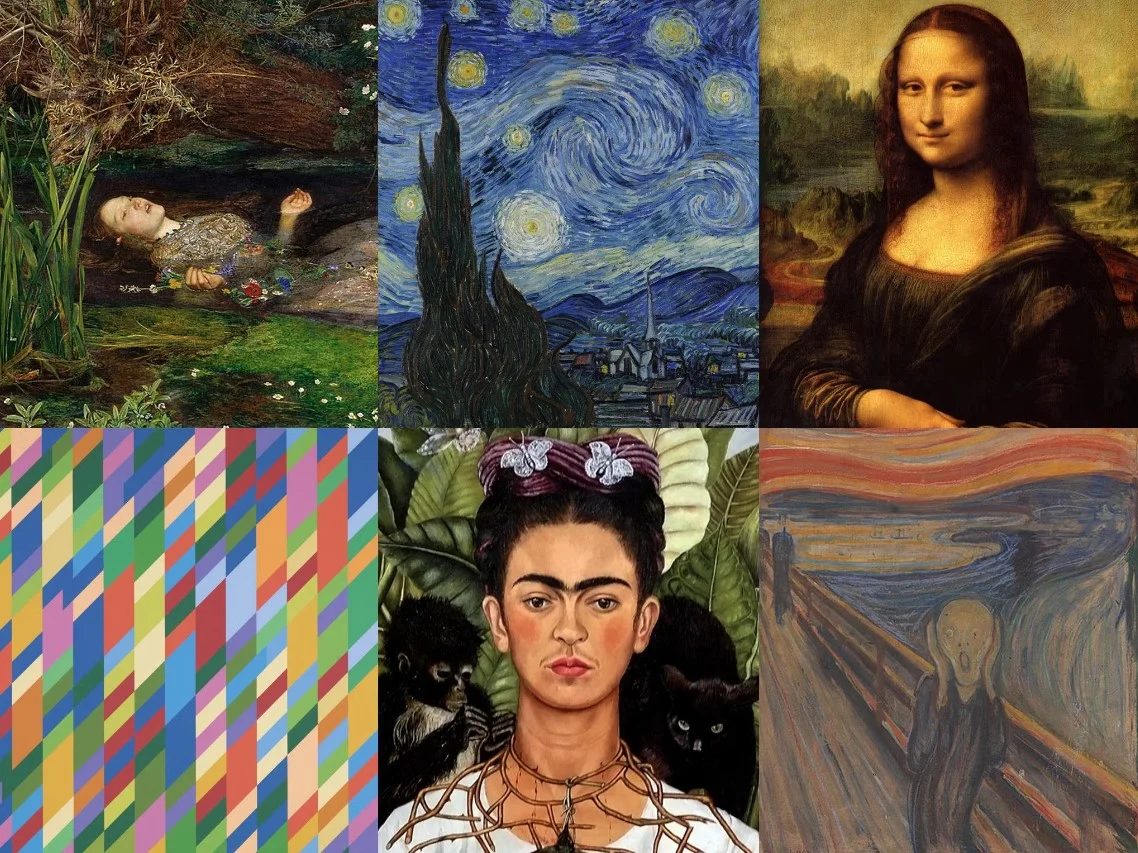Art has been a timeless expression of human creativity and emotion, with each stroke and hue telling a unique story. Behind the canvas lies a world of symbolism, hidden meanings, and cultural reflections. Let’s delve into the profound depths of renowned artworks that have left an indelible mark on history and culture.
The Mona Lisa’s Enigmatic Smile
Leonardo da Vinci’s masterpiece, the Mona Lisa, continues to captivate art enthusiasts worldwide. The subject’s enigmatic smile has sparked endless debates and interpretations. Some argue it’s a representation of elusive happiness, while others see it as a reflection of the complexities of the human psyche.
What’s fascinating is the subtle use of chiaroscuro, a technique where light and shadow are manipulated to create a three-dimensional effect. The juxtaposition of light and shadow adds depth to the painting, emphasizing the enigma behind the Mona Lisa’s smile.
The Persistence of Memory: Salvador Dali’s Surreal World
Salvador Dali’s “The Persistence of Memory” is a surreal journey into the fluidity of time. The melting clocks scattered across the landscape challenge our conventional understanding of temporality. Dali’s use of soft, dreamlike forms suggests a malleable reality, prompting viewers to question the stability of their own existence.
Time, Dreams, and Reality
Dali’s fascination with dreams and the subconscious is evident in “The Persistence of Memory.” The drooping clocks, like distorted memories, invite us to explore the fluid boundaries between reality and dreams. The symbolism here is a testament to the artist’s belief in the subjective nature of time.
The Starry Night: Vincent van Gogh’s Emotional Turmoil
Vincent van Gogh’s “The Starry Night” is a powerful portrayal of the artist’s emotional turmoil. The swirling, tumultuous sky and the vivid colors convey a sense of inner chaos and passion. Van Gogh’s use of bold, expressive brushstrokes adds a visceral quality to the painting, inviting viewers to experience the intensity of his emotions.
Van Gogh’s Battle with Mental Health
“The Starry Night” becomes a window into Van Gogh’s struggles with mental health. The cypress tree in the foreground, often associated with death, hints at the artist’s inner demons. The juxtaposition of the serene village against the tumultuous sky encapsulates the duality of Van Gogh’s psyche.
For a deeper understanding of art symbolism and its impact on culture, check out Kihikila’s insightful blogs:
- Decoding Art: Unraveling Hidden Meanings
- Cultural Significance of Famous Artworks
- Exploring the Mind of an Artist
Explore these pages to broaden your perspectives on the world of art and symbolism.
Frequently Asked Questions
Q: How do artists incorporate symbolism into their works?
A: Artists use symbolism by imbuing objects, colors, and forms with meanings that go beyond their literal representation. It adds layers of depth and invites viewers to interpret the work.
Q: Is symbolism subjective?
A: Yes, symbolism in art is often subjective. Different viewers may derive varied meanings from the same symbol based on their experiences and perspectives.
Unlocking the Symbolic Tapestry
Art, with its rich tapestry of symbolism, invites us to explore the depths of human consciousness. From the mysterious smile of the Mona Lisa to the surreal landscapes of Salvador Dali and the emotional turmoil of Van Gogh’s “The Starry Night,” each artwork is a gateway to a world of hidden meanings and cultural reflections.
Uncover the secrets behind famous artworks, and let the brushstrokes guide you through the labyrinth of symbolism. As you navigate this artistic journey, remember that art, like life, is a canvas waiting for interpretation.












